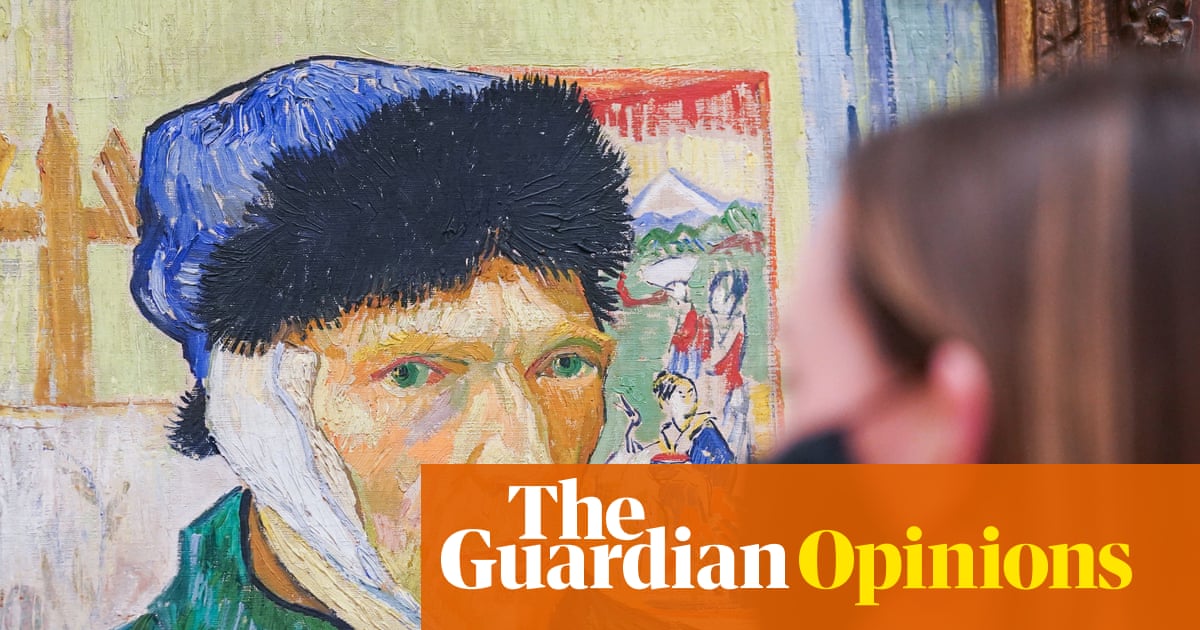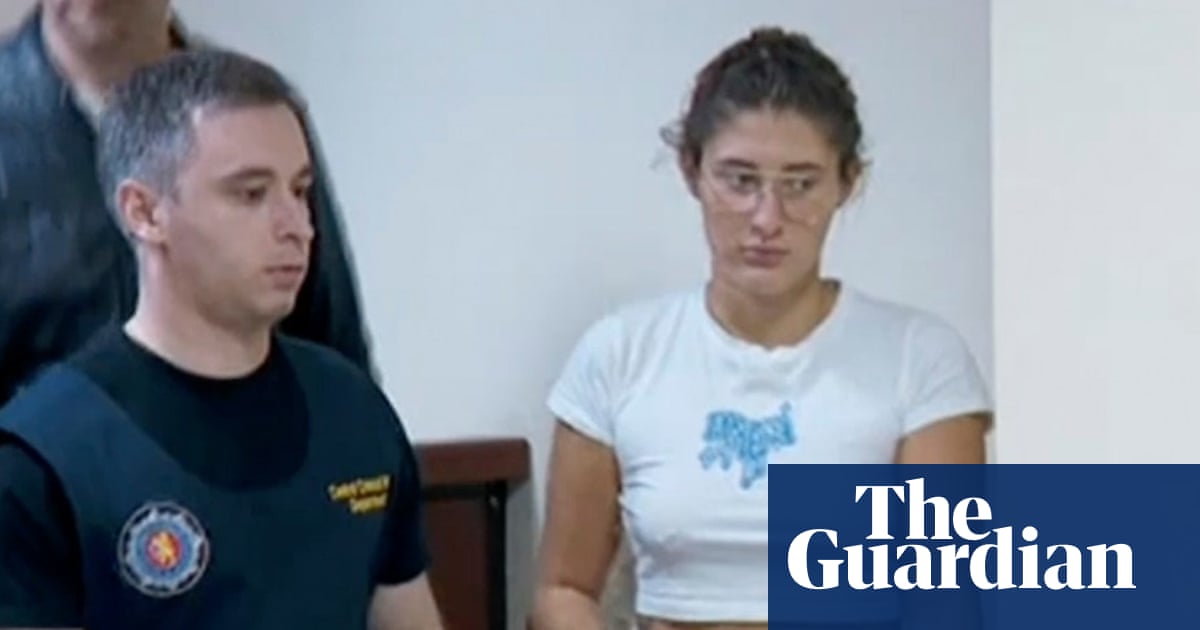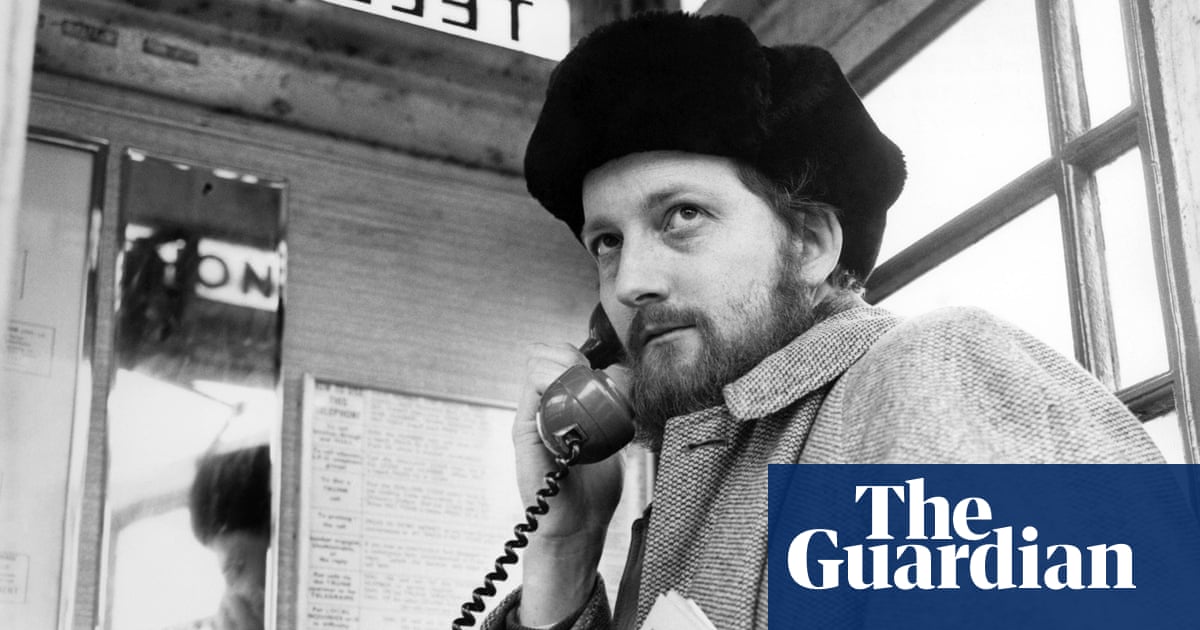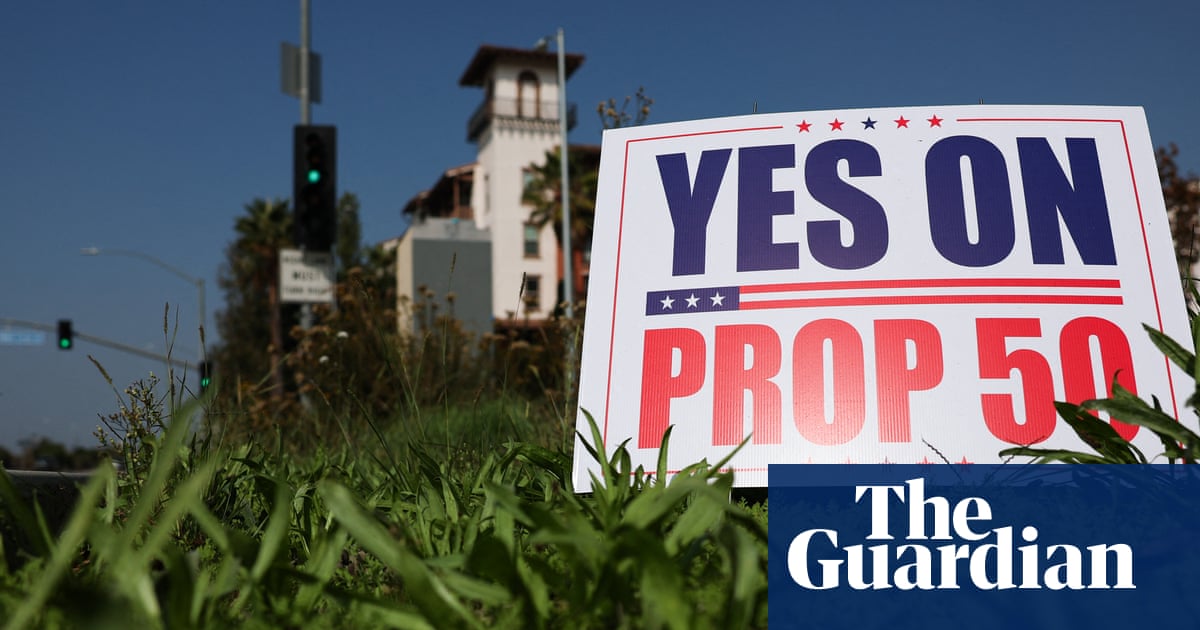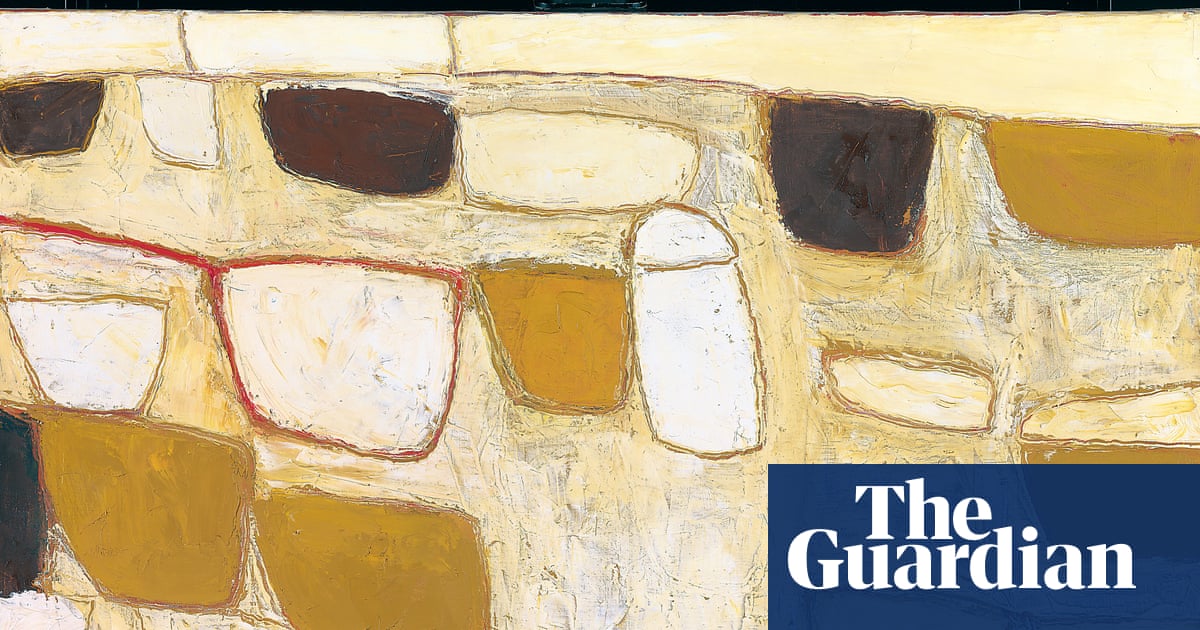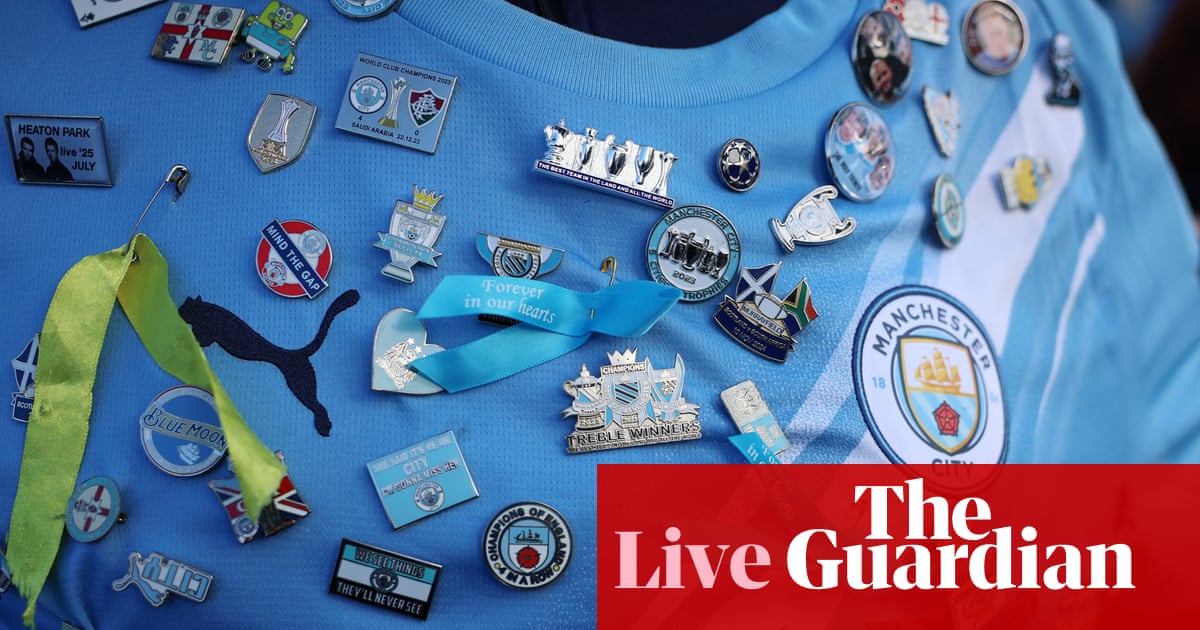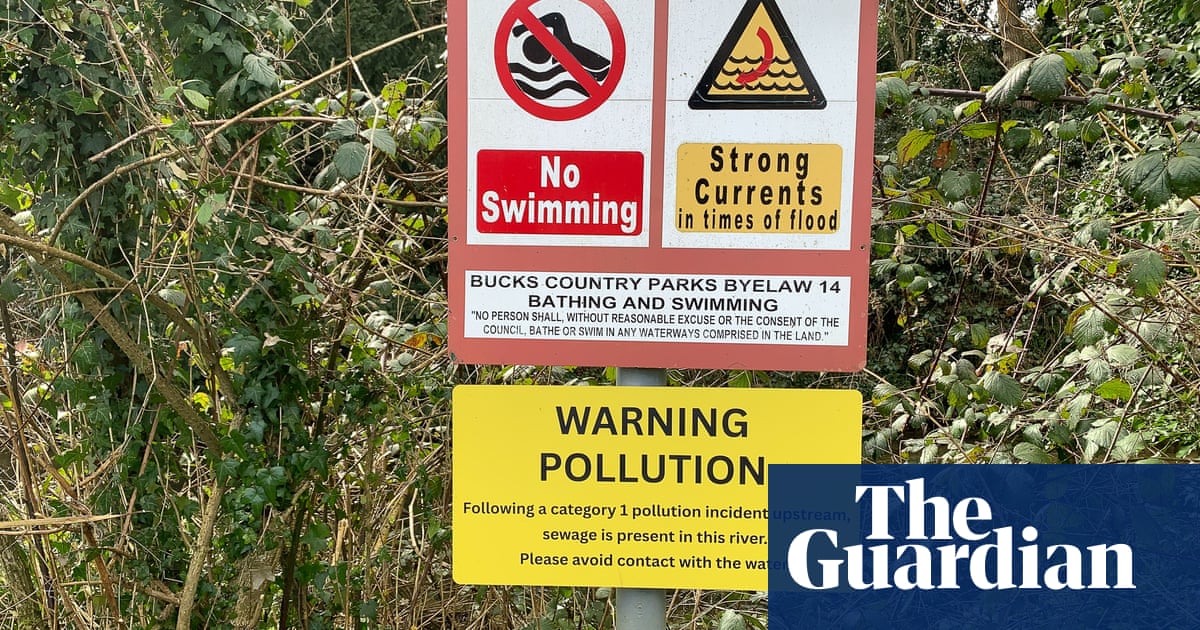The legend that Cornish vanished as a living language with the death of the fish seller Dolly Pentreath in the late 18th century is being challenged by one of the world’s leading experts on the Celtic culture of the far south-west of Britain.
Pentreath, from the harbourside town of Mousehole on the Cornish south coast, died in 1777 aged 85 and the narrative developed that she was the last true speaker of Kernewek.
But Kensa Broadhurst, of the Institute of Cornish Studies at the University of Exeter, has written a book in which she argues that the language clung on through the 19th century, spoken by some working-class Cornish people as well as academics and others who saw value in preserving it.
Broadhurst said that during that period Cornish should be classified as having been critically endangered rather than extinct. “The story of the Cornish language is one of resilience, not disappearance,” she said.
Broadhurst, a bard of the Cornish Gorsedh, which promotes Cornish Celtic culture, said Cornish was widely spoken in the far south-west in medieval times.
By the time Pentreath was born in 1692, the number of speakers had dramatically declined, but she was said to have spoken only Cornish until she was in her 20s.
Broadhurst said the story of Pentreath had to be treated with caution because her voice has vanished from history and much of what is known of her came from the writings of wealthy outsiders, who may have misrepresented her. “We’re talking about rich, educated men with leisure time,” Broadhurst said.
Daines Barrington, an English lawyer, antiquary and naturalist, is generally credited with having “discovered” Pentreath. He reported that she “was bred up from a child to know no other language; nor could she (if we may believe her) talk a word of English before she was past 20 years of age; that, her father being a fisherman, she was sent with fish to Penzance at 12 years old, and sold them in the Cornish language.” Barrington also said she told him that nobody else could converse in Cornish.
Broadhurst said it was also possible Pentreath was playing Barrington. “If you’re poor and this smart man who’s obviously got money is showing an interest, are you going to try and milk that? We just don’t know.”
In the years after her death, the idea grew that the language had died with Pentreath. In 1860 a monument in her honour was set up in a churchyard describing her as “the last person who conversed in the ancient Cornish”.
For her book, The Cornish Language in the Nineteenth Century, Broadhurst studied experts such as Frederick William Pearce Jago, who published a Cornish dictionary in 1887, and the Cornish cultural activist Henry Jenner (1848-1934).
Broadhurst said she believed Cornish continued to be spoken in the 19th century, albeit in “tiny numbers”. She said: “They were obviously bilingual, mainly speaking English, but they could speak Cornish. There were still people teaching it to their children, there were people doing research on it. It was even being taught in universities in France.”
She said it was hard to pinpoint where Cornish was spoken, partly because working-class people with few, if any, reading and writing skills left little trace.
Kernewek has enjoyed a 20th- and 21st-century revival, with Cornwall council estimating there are about 500 advanced speakers and more than 2,000 with basic levels.
The council said Cornish culture was “thriving”, with more people and events celebrating Cornish food, heritage, sports and music. The likes of the pop singer Gwenno, who performs in languages including Cornish and Welsh, are helping promote Kernewek.

.png) 1 month ago
37
1 month ago
37


